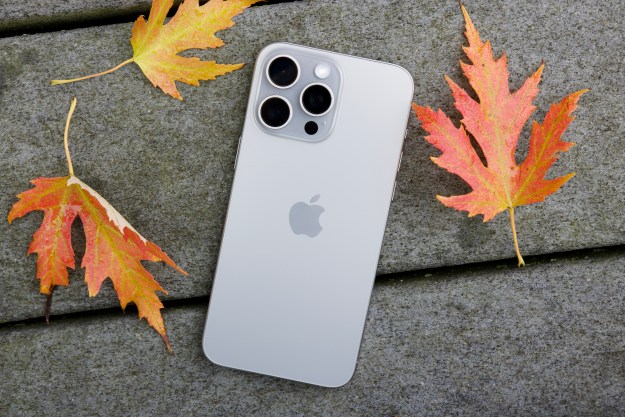The Redmi Note is one of Xiaomi’s bestselling smartphone ranges ever. While it started out by offering reasonably good specifications at great pricing, the lineup has since diversified into countless different models, which are not easy to keep track of. The higher end of the Redmi Note series now leans into the territory of subpremium phones.
The Redmi Note 12 Pro Plus begs your attention with impressive specifications, such as 120-watt superfast charging, a 200MP camera, incredible 120Hz AMOLED displays with Dolby Vision, and more. We’re particularly curious about that 200MP camera and whether it lives up to what the company promises or is just another gimmick.
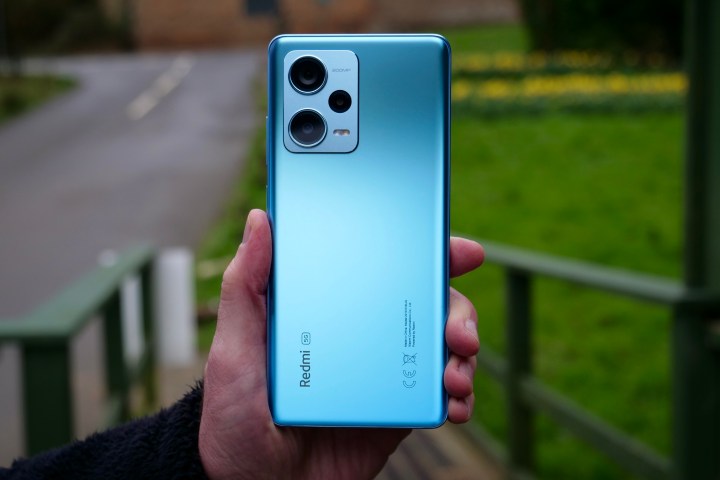
Chinese phone brands often compete on the grounds of raw specifications and numbers, trying to imply that higher always means better. But as tech reviewers like myself have attempted to address over the years, more megapixels do not necessarily translate to a better camera.
Taking this notion further, we compare the Redmi Note 12 Pro Plus with the iPhone 14 Pro in a seemingly unusual, but interesting, battle of quality versus quantity.
Redmi and Apple’s camera specs, compared

The Redmi Note 12 Pro Plus is among the first batch of smartphones with a 200MP primary camera. It relies on Samsung’s ISOCELL HPX sensor — the cheaper and toned-down version of the 200MP HP2 sensor seen on the Samsung Galaxy S23 Ultra. The HPX is a 1/1.4-inch format sensor and marks a notable increase in size over the 108MP sensor on the previous generation of Redmi and Xiaomi devices. The sensor allows 16-in-1 pixel binning, which means 16 tiny square pixels (in a 4×4 grid) combine to deliver 12.5MP images. It also supports 4-in-1 pixel binning to create 50MP images for scenarios requiring larger images with massive zoom allowances.
Like any other phone with pixel-binning, the technology allows Note 12 Pro Plus’ 200MP camera to create images using brighter superpixels (four or 16 pixels combined into one), which is especially useful in lowlight conditions. The sensor also sports 14-bit color depth, staggered HDR, and video recording up to 4K resolution at 120 frames per second (fps). However, the midrange MediaTek Dimensity 1080 chipset powering the Redmi Note 12 Pro Plus may not be able to provide enough processing power to utilize those capabilities, and there are no official claims about which of those the phone can actually use.
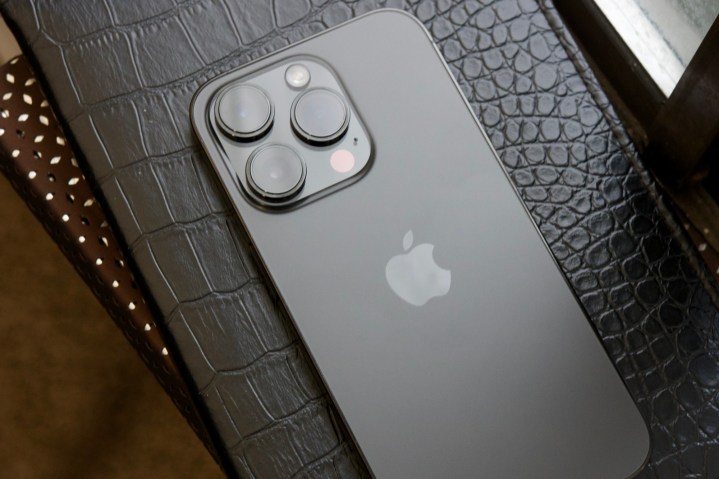
In contrast, the iPhone 14 Pro features a 48MP camera primary sensor. Despite the much lower megapixel count, the iPhone 14 Pro’s camera sensor is larger in size. In fact, the 1/1.28-inch sensor is the largest used on any iPhone so far. The most evident benefit of the larger sensor is that it permits more light, not only capturing brighter images, but also retaining more details. The iPhone also supports 4-in-1 pixel binning, resulting in 12MP images.
Pricewise, this comparison makes little sense, but the Redmi Note 12 Pro Plus’ camera sensor comes reasonably close to the iPhone 14 Pro’s in terms of raw specs, spurring us to test how the $300 phone competes against the Apple flagship. Before comparing the iPhone to the Redmi midranger, let’s briefly look at the differences between a 12.5MP image and a full-blown 200MP image from the Redmi Note 12 Pro Plus.
A closer look at Redmi’s 200MP camera
- 1. Redmi Note 12 Pro Plus at 12MP
- 2. Redmi Note 12 Pro Plus at 200MP
Let’s start by comparing images taken by the Redmi Note 12 Pro on a sunny day in a Himalayan hamlet called Manali. Because of ample sunlight, both versions are bright and full of detail. Notably, the 12.5MP image takes up only 5MB of storage, while the 200MP image takes up more than 50MB.
The only minor differences here are that the distant pink hut and the tiny black board appear clearer on the 200MP image. But overall, the 12.5MP is equally sharp and detailed for bright scenarios such as this. The 200MP image also takes up more time to capture and process an image, and may get blurred if you move your hand slightly while the image is being recorded, which is not ideal.
In cases with overcast or low light, such as the scene capturing snowfall below, the 12.5MP shot turns out much sharper than the 200MP upfront. It’s only when you zoom into a tiny section of the image, like the tiny pine cones on the barren tree, that you see more details on the 200MP image. However, the hazy weather and the lack of sunlight make the snowcapped branches look like paintbrush strokes.
- 1. Redmi Note 12 Pro Plus at 12MP
- 2. Redmi Note 12 Pro Plus at 200MP
Finally, shadows in dim sections of the image, such as the ground under the trees, appear darker and much less defined on the 200MP. This helps us conclude that the 12.5MP mode is a better choice unless we need to capture fine details in a small section of the image.
Redmi Note 12 Pro Plus vs. iPhone 14 Pro: camera comparison
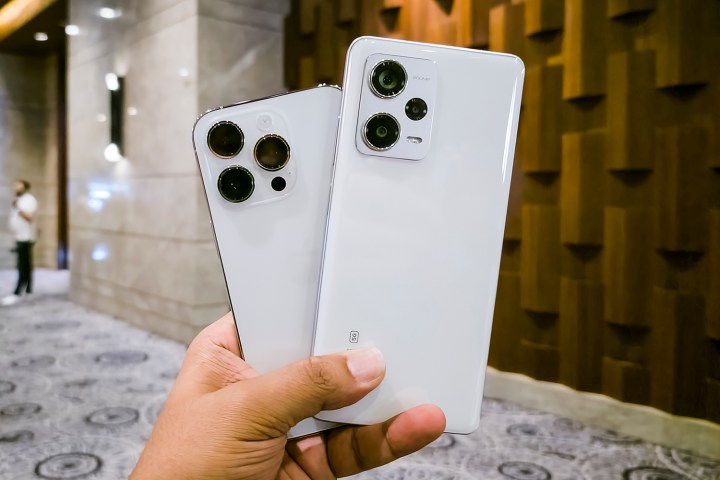
Next, we head to the main comparison between the iPhone 14 Pro and the Redmi Note 12 Pro Plus. Notably, while the iPhone 14 Pro can capture images in both 12MP and 48MP modes, the latter can only be captured in RAW format. Although the iPhone’s ProRAW images can capture a lot more details and allow a great degree of postprocessing opportunities, we cannot judge the phone’s ability to process and capture colors. For this reason, we stick to the default modes on both devices.
All images below are taken with default settings to simulate average usage.
Close range
- 1. Redmi Note 12 Pro Plus
- 2. iPhone 14 Pro
Starting with the first comparison of the red flower, both devices have large camera sensors, producing a natural bokeh effect over objects in the background.
Both images focus well on the flower, but the photo taken with the Redmi Note 12 Pro Plus appears to capture the structure of the petals better. Meanwhile, on the iPhone 14 Pro, the petals on the rear side tend to blend into a single red blob. The Note 12 Pro Plus also captures better shadows in the background, including the dark patches on the leaves and the gravel. The iPhone tends to slightly offset the white balance towards warmer tone, making the image a little less pleasing.
Winner: Redmi Note 12 Pro Plus
Distant shot
- 1. Redmi Note 12 Pro Plus
- 2. iPhone 14 Pro
In the second set, we compare two images of fellow Digital Trends Mobile writer Prakhar Khanna standing in a well-lit outdoor setting. Compared to the previous one, the iPhone 14 Pro here does a much better job of balancing the image’s dynamic range.
In contrast, the Redmi Note 12 Pro Plus gets thrown off by the bright sky and tries to dim the entire image. The iPhone 14 Pro takes the win with better HDR control.
Winner: iPhone 14 Pro
Daylight portrait
- 1. Redmi Note 12 Pro Plus
- 2. iPhone 14 Pro
In this image of Prakhar and me, the iPhone 14 Pro’s lidar sensor paves the way for an easy win. It helps the phone focus sharply on our faces while retaining the texture of our hair and clothes.
The Redmi Note 12 Pro Plus falls completely flat with a fake background blur, extreme overexposure, and lack of detail. You may also notice how our faces appear slimmer in the image on the left. These deficiencies are either because of half-baked software or Chinese phones’ tendency to artificially lighten your skin and slim your face, owing to cultural biases.
Winner: iPhone 14 Pro
Lowlight wide range
- 1. Redmi Note 12 Pro Plus
- 2. iPhone 14 Pro
In the next set, we compare the dimly lit hallway of a hotel. Both phones produce comparable results in the challenging lighting, easily compromising on clarity in favor of lighting. The Redmi Note 12 Pro leans toward oversharpness, while the iPhone 14 Pro balances textures and clarity.
Neither of the phones can capture the faces of the people in the far distance. Notably, the ISO level of the image captured by Redmi is about three times as high as the iPhone’s, suggesting the former is more prone to visual distortion if we try to fix the lighting and the colors.
Overall, neither of the photos looks appealing.
Winner: Draw
Extremely low light
- 1. Redmi Note 12 Pro Plus
- 2. iPhone 14 Pro
The next set compares photos of a Legion-branded gaming station at a Lenovo press event. On the surface, the Redmi Note 12 Pro captures more light in its image, while the iPhone’s image appears darker.
However, as we zoom into the images, we see square-shaped artifacts in the Redmi’s capturing of the blue lighting strips. We’re unsure what causes these artifacts, but the grid-like structure suggests the lighting somehow interfered with the 200MP sensor.
If it were not for these artifacts, we would crown the Redmi Note 12 Pro Plus as the winner in this case thanks to better lighting.
Winner: iPhone 14 Pro
Lowlight portrait
- 1. Redmi Note 12 Pro Plus
- 2. iPhone 14 Pro
While comparing portrait shots taken with both phones in low light, we see similar trends as we saw in daylight. The iPhone 14 Pro skillfully focuses on the gamer’s hoodie and maintains a good color balance between the blue and red hues.
In contrast, the Redmi Note 12 Pro Plus completely fails to even focus on the person. We also see the overexposure in the case, rendering the image unredeemable.
Winner: iPhone 14 Pro
Not all 200MP cameras are created equally
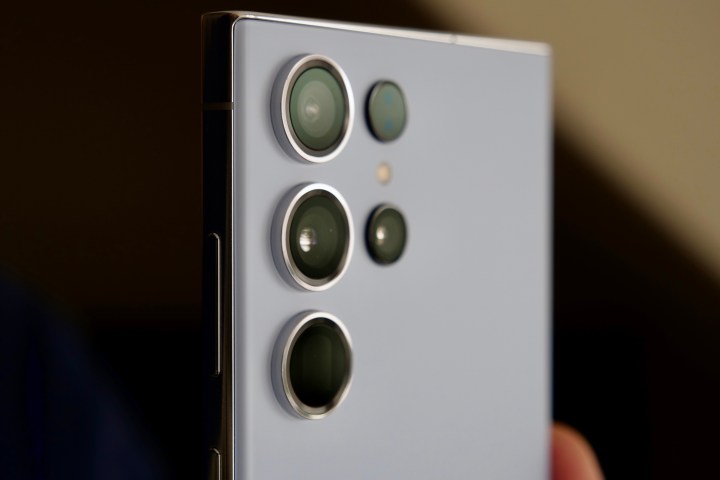
Winning four out of six rounds, with one tie, the iPhone 14 Pro walks out as the ultimate winner in this comparison.
But that leaves us with the question — are 200MP cameras on midrange phones really worth the hype? One way to find out is by comparing it with the ultimate 200MP camera phone — the Samsung Galaxy S23 Ultra.
In our Samsung Galaxy S23 Ultra 200MP camera test, we concluded that the 200MP mode is a compelling feature, and far from a gimmick, especially when paired with a speedy processor (including a powerful Image Signal Processor, or ISP). But what about the Redmi Note 12 Pro’s 200MP sensor paired with a mediocre processor? The comparison below should give you a fair idea.
Before we compare the actual results, let’s discuss the differences. The Samsung Galaxy S23 Ultra uses a larger and much more refined version of the 200MP camera sensor. While both — Samsung and Redmi — use sensors made by the Korean giant’s imaging department, the Galaxy S23 Ultra’s camera has more sophisticated tech to complement its better hardware.
Besides specs, the ISOCELL HM3 sensor on the Galaxy S23 Ultra features what the company calls a “Dual Vertical Transfer Gate,” which improves color reproduction and prevents overexposure. In addition, the Quad Pixel technology allows the Galaxy S23 Ultra to capture sharper images.
Now, let’s see how these features translate to real-life performance. The following are 200MP images captured using both smartphones.
- 1. Redmi Note 12 Pro Plus
- 2. Samsung Galaxy S23 Ultra
Starting with the whole, uncropped shot taken with the Redmi Note 12 Pro Plus and the Galaxy S23 Ultra, we see how the latter captures the sky with more authentic colors.
Note how the darker portions of the Redmi image, including the building facade, the plants, and the green strips on the median, appear artificially overexposed. Likewise, the aqua tint on the right side of the Redmi’s shot looks unreal and disturbing.
25% crop
- 1. Redmi Note 12 Pro Plus
- 2. Samsung Galaxy S23 Ultra
Cropping into the images at 25% zoom further refines our view. The building appears much sharper in the Samsung image, while the green color of the leaves looks much more natural in the afternoon sun.
50% crop
- 1. Redmi Note 12 Pro Plus
- 2. Samsung Galaxy S23 Ultra
Zooming further into the image, we see distortion and straight lines appear jagged in the Redmi image. The Galaxy S23 Ultra can maintain a healthy level of clarity, while the Redmi Note 12 Pro Plus’ image appears hazy.
100% crop
- 1. Redmi Note 12 Pro Plus
- 2. Samsung Galaxy S23 Ultra
Finally, at 100% zoom, the crane, its balancing weights, and the ledges on the building appear much more apparent in the Galaxy S23 Ultra’s 200MP image. Meanwhile, the Redmi Note 12 Pro Plus struggles to keep up.
The Galaxy S23 Ultra is a clear winner here, and this comparison proves that a powerful processor is vital to prevent any bottlenecks from the demanding abilities of 200MP sensors.
You can view all of the images above in full quality on this Flickr album.
Chinese brands must ditch the numbers game

Yet again, this comparison of Redmi Note 12 Pro Plus with stalwarts like the iPhone 14 Pro and the Samsung Galaxy S23 Ultra certifies that glorifying a product by attaching bigger numbers does not make it better. While the Redmi Note 12 Pro Plus’ 200MP camera is a significant leap over the previous 108MP cameras prevalent in this segment, it does not guarantee absolutely better performance.
What further refutes these tactics is the fact that Redmi’s parent company, Xiaomi, is actually sticking to physically larger camera sensors with a much lower megapixel count for its flagships, including the Xiaomi 12S Ultra and the Xiaomi 13 series.
Chinese brands like Redmi should quit chasing numbers and instead strive to refine their software experience, improve autofocus algorithms, and stray away from purposefully faking brighter skin tones.
Editors' Recommendations
- Nomad’s new iPhone case and Apple Watch band may be its coolest yet
- iPhone 16: news, rumored price, release date, and more
- Why you should buy the iPhone 15 Pro Max instead of the iPhone 15 Pro
- This is our best look yet at the iPhone 16’s big design changes
- I’ve had the iPhone 15 Pro for six months. Here’s why it’s still amazing



























